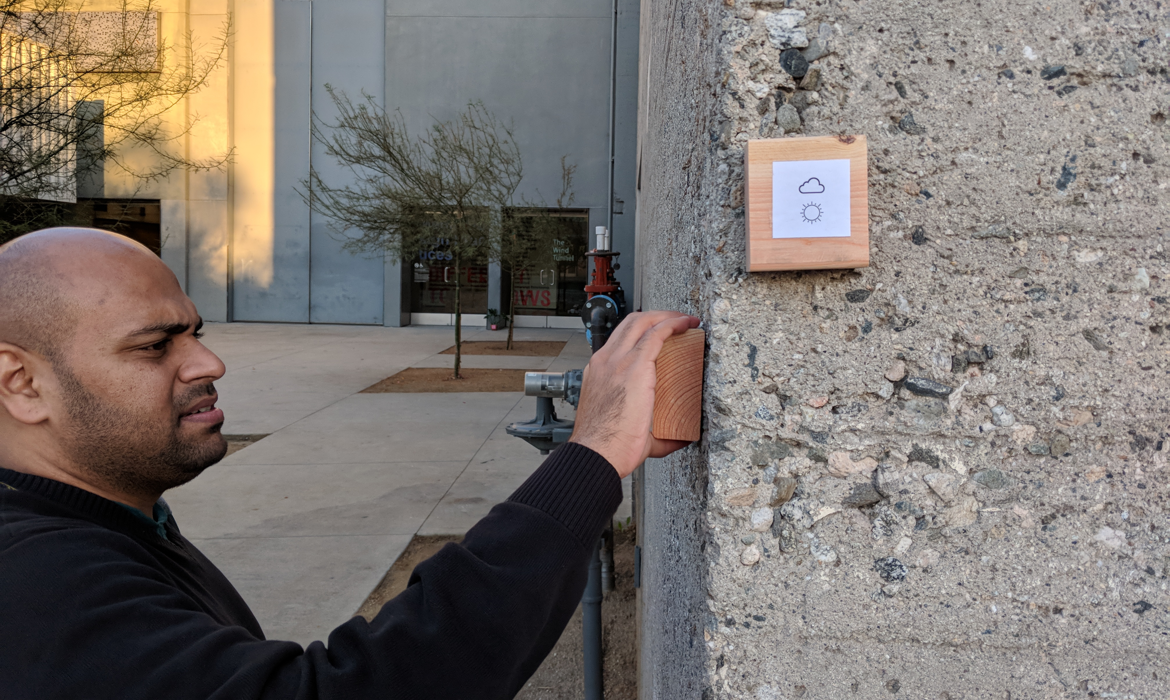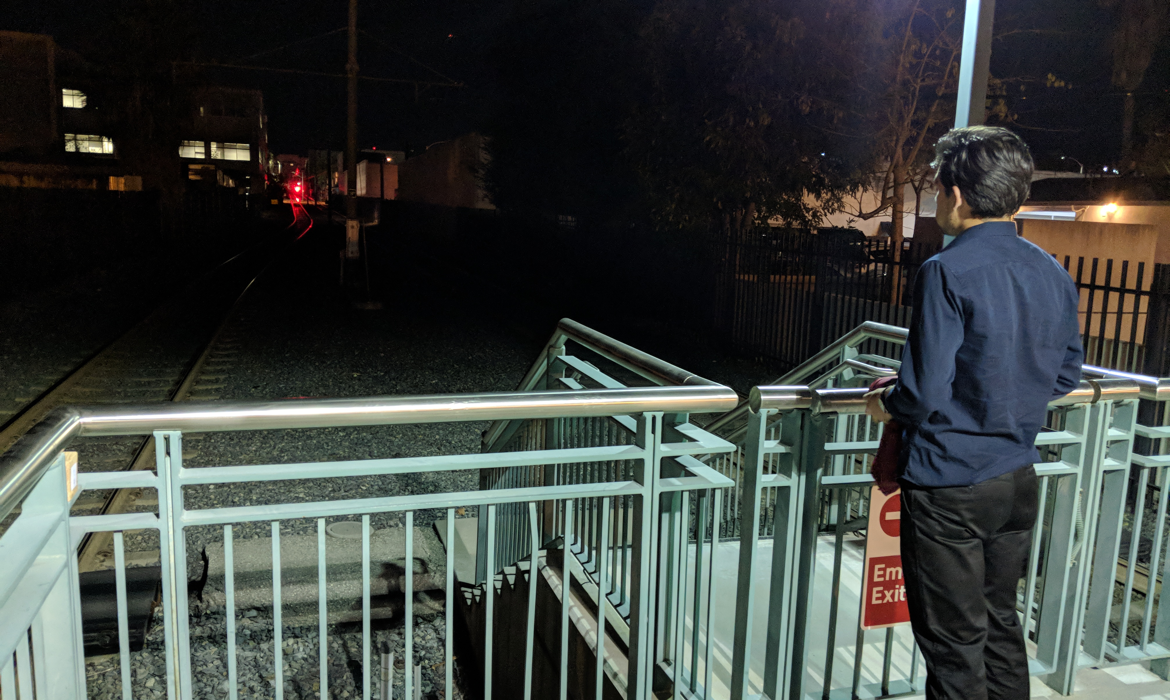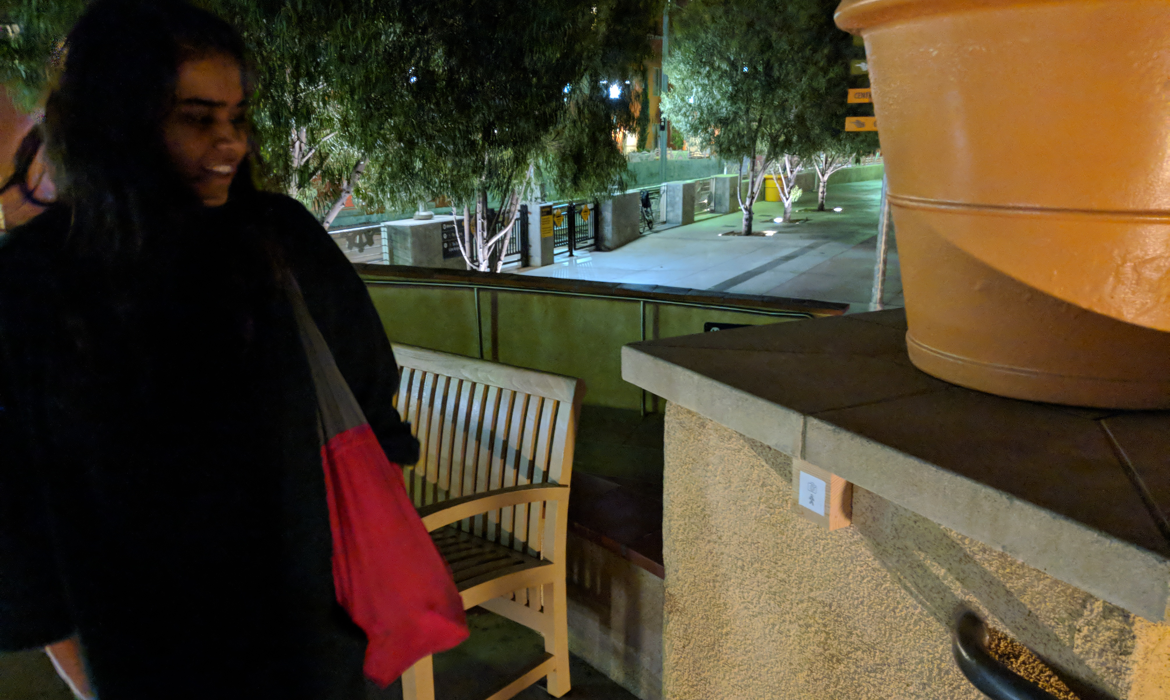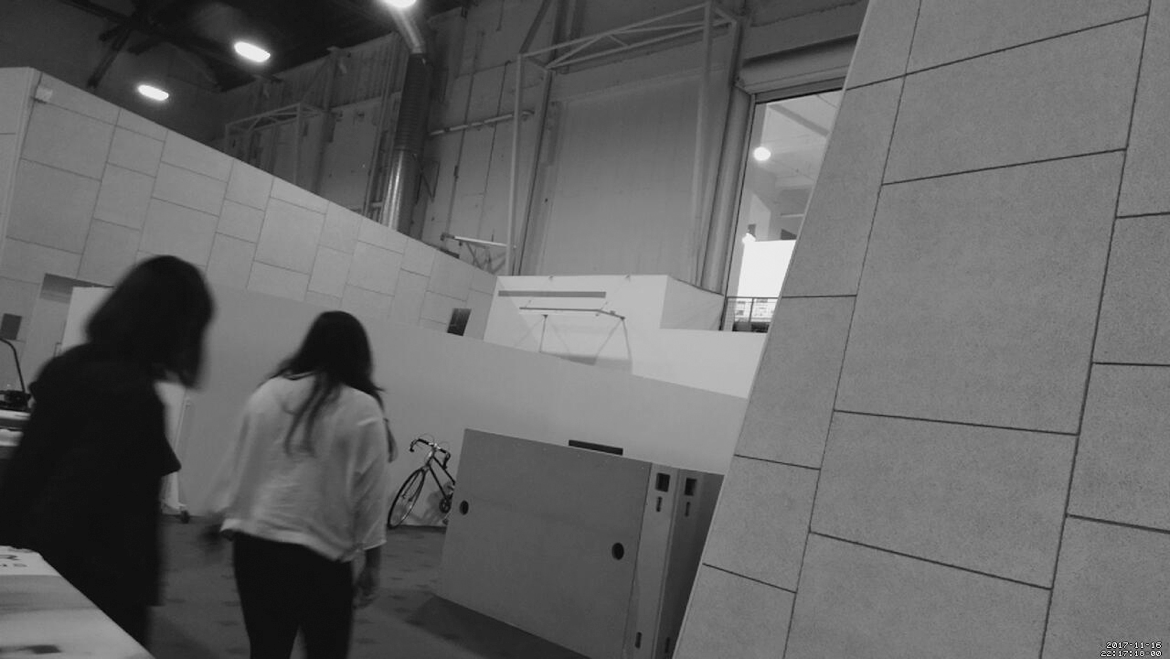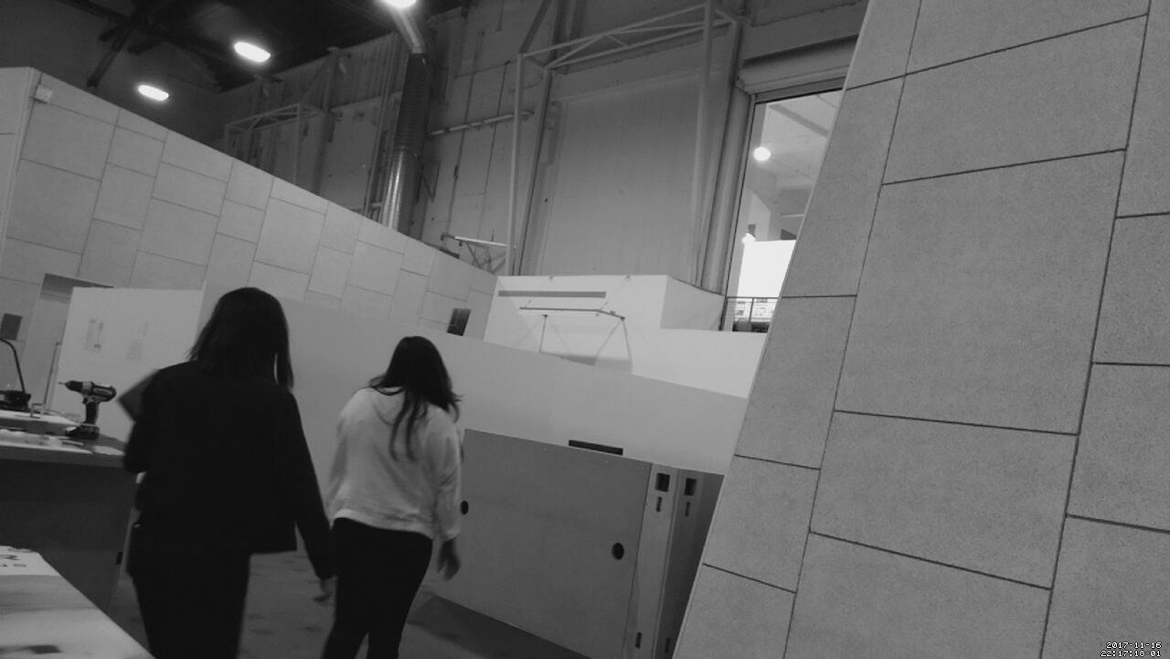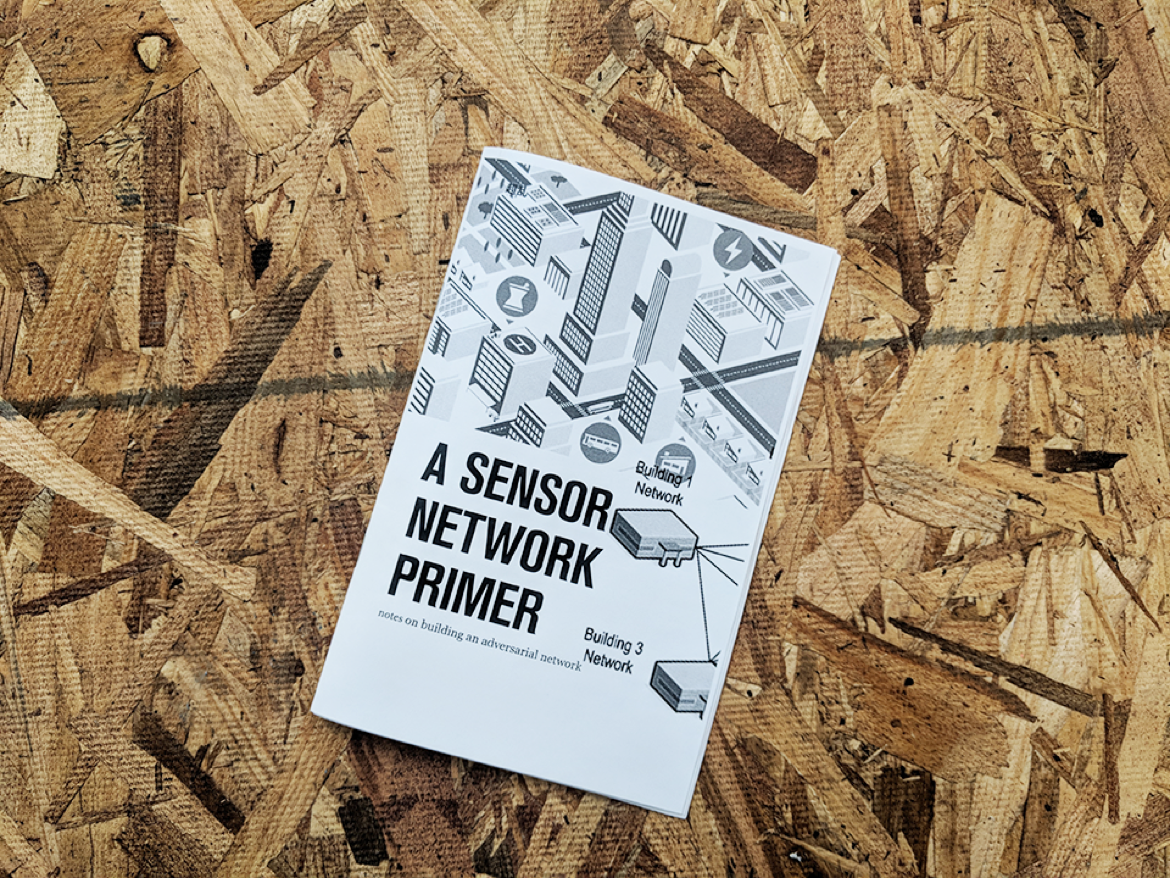

Super Disorder
/ 超乱
Super Disorder / 超乱 (chāoluàn) works in opposition to two other projects, Dry and the _Big_Data_Party. Super Disorder creates a framework and platform for citizens to create their own sensor network, collect their own datasets, and distribute data as they see fit.
As the two other projects primarily take a top-down approach, working from the bottom up is a way to complicate the governance and administration of smart cities and give agency to citizens. Citizens would be able to collect data and AI’s could advocate could for them and their beliefs. Increasingly, data that powers machine learning algorithms are being collected by private corporations (Intel, Cisco, NVIDIA) whose metrics of success, profit, and efficiency, do not accurately represent the people who live in these spaces. Instead of other human values such as serendipity, humor, and play. These values can be the metrics that create thriving and engaging spaces to live, work, and exchange. By creating techniques for citizens to collect their own data grants them agency in their livelihood and a possible first step in mitigating a top-down approach to governance.
To read about the whole project, Driverless Government, click here.
Year
2017–2018
Discipline & Research Area
Design Research, Speculative Design, Future of Labor, and Automation
Responsibilities
Research, Concept Development, Industrial Design, and Physical Computing
Sensor Deployment
To initiate how a citizen would collect data to advocate for themselves, I asked participants to install a set of 12 substitute sensors, wood blocks. This served as the initial iteration of deploying sensors in a neighborhood to collect data. I wanted to understand what participants think is important, the process of deploying, and any outcomes that I didn't foresee. The intent of the project was to create a system that would facilitate participants to collect enough data to act as the material for an AI to express motivations and ideas. In this iteration participants installed sensors at three public sites to experience how one would collect data. The sensors recorded data on temperature, noise, image, particulate matter, motion, vibration, etc. creating a dimensional representation of that area. Throughout the process, I asked participants to vocalize their thoughts as they practiced installing their own sensor network.
After completing the sessions, participants noted that they started to think of the these heavily frequented places three-dimensionally, recognizing the best locations to best track their environment. In turn, these participants became aware of their own physical relationship to the surrounding space. I believe that this form of awareness is critical to experiencing a city. Cities must be experienced through tangible mediums; smell, sight, and sound which already provide an incredible amount of information and insight into how a city functions and thrives.
Figure 1: Participants install "sensors" in public locations to collect their own data to be used by their own AI advocate; participants started to experience the space three-dimensionally as a result of collecting digital material.
Networking Protocols
In order to build a network capable of collecting, sending, and storing data there are a few different protocols that enable a small open source network. Most promising are Point to Multipoint and Mesh structures. Each protocol has their own advantages due to the building, environmental, software, and hardware conditions.
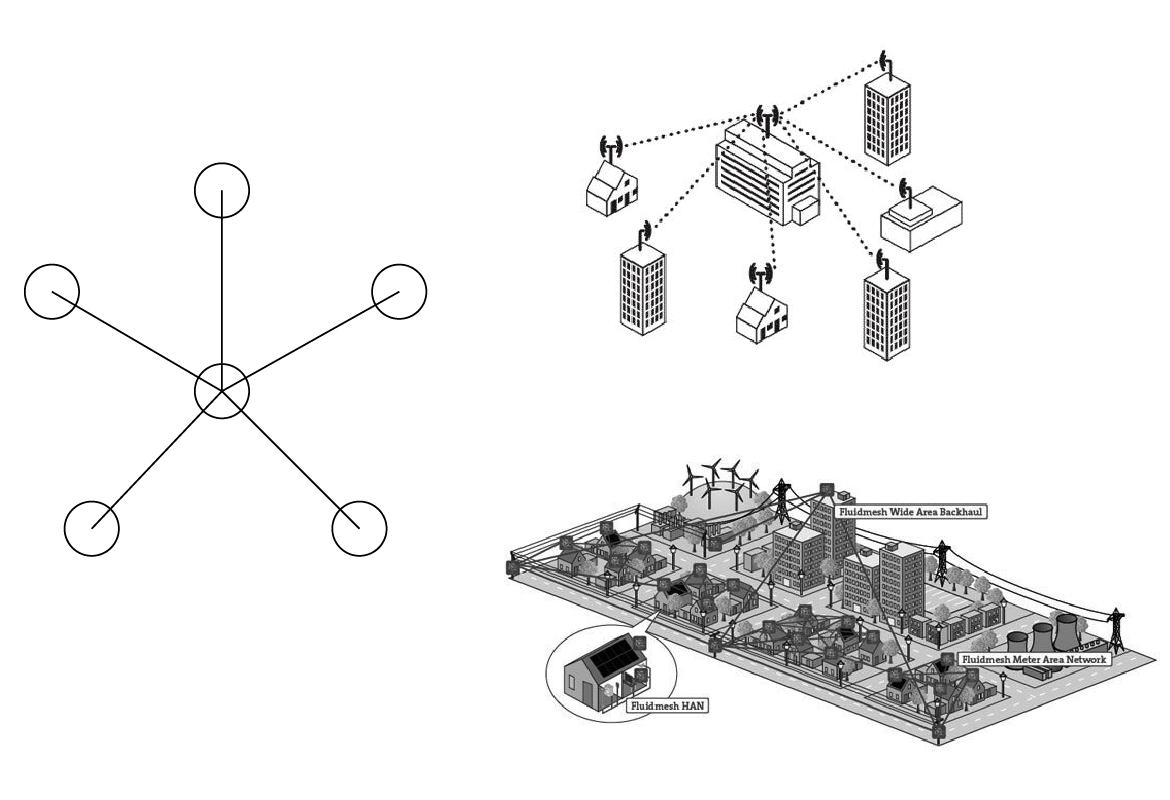

Figure 2: Various networking protocols (star, mesh, point to multipoint, ring, etc.).
Point to Multipoint (P2MP)
P2MP networks have unique advantages and disadvantages as they are more cost-effective and require less energy, only one of the network nodes has a full repository of the data collected. However, as the technology to make P2MP networks is less capable then other protocols each node must be visible to each other. In order to do this, I used the XBee radio modules to communicate with each other. Initially, I ran small experiments to test the efficacy of the technology.
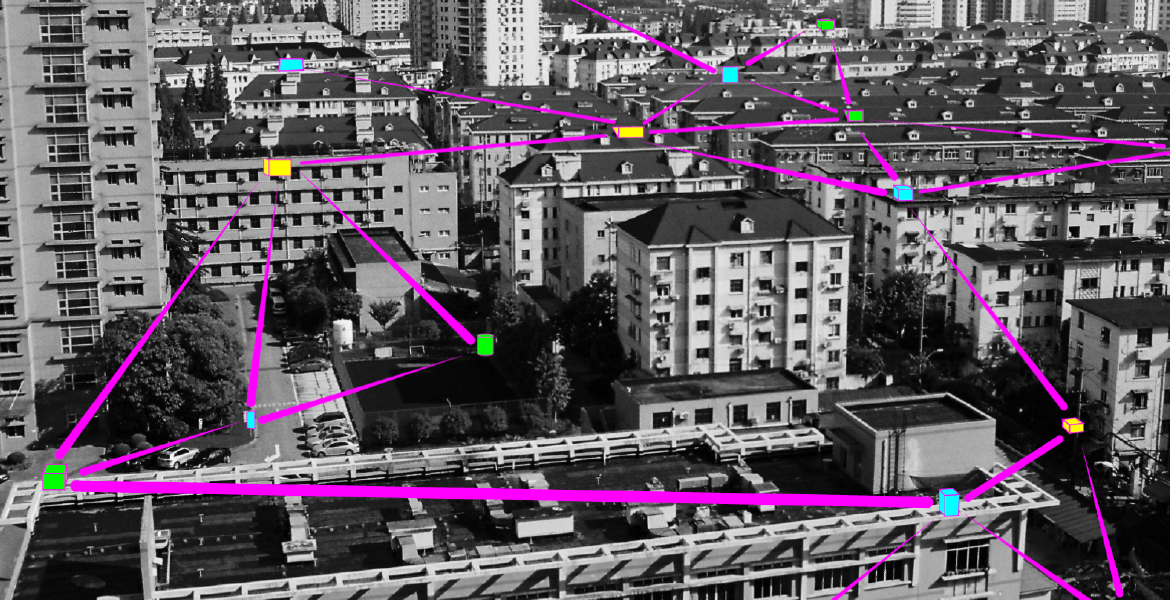

Figure 3: A point to multipoint schematic implemented across a small segment of an urban city.
Autonomous Sensing
To test one of the components of the project. I created an autonomous camera sensor capable of detecting motion and taking photos of the environment. The sensor consisted of a Raspberry Pi and Camera. To conceal the camera I chose to use an industrial enclosure so ubiquitous that it would seem ordinary.


Figure 4: The autonomous camera collecting image classification data.
Autonomous Camera Photos
A selection of photos taken from the autonomous camera sensor. The camera detected motion by calculating the difference in pixels every 2 seconds.
Form
/ Prototyping
I experimented with different methods to create the form around the raspberry pi which would act as both the sensing, collecting and networking device. (1) A flat pack method that could be shipped and assembled easily by a novice. (2) A vacuum formed enclosure that could be assembled using simple hardware. (3) A folded form that would be able to be robust enough in an urban setting.
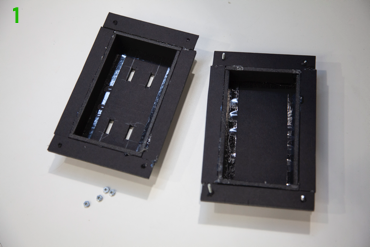

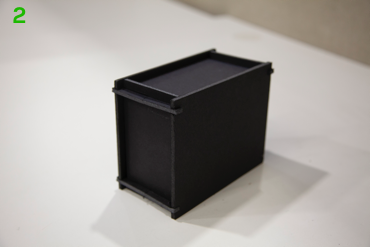

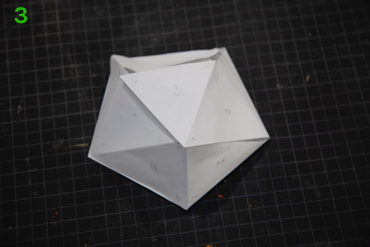



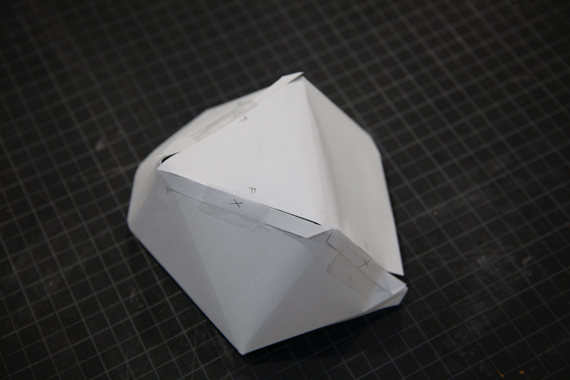

Wood Prototypes
Eventually, I decided on the folded form as the method to enclose the raspberry pi. I worked on several iterations of different geometric forms in wood in order to work quickly and gain a grasp of potential geometric shapes that could work as folded forms. I decided on something geometric so that the form would be distinctive enough to be noticeable.
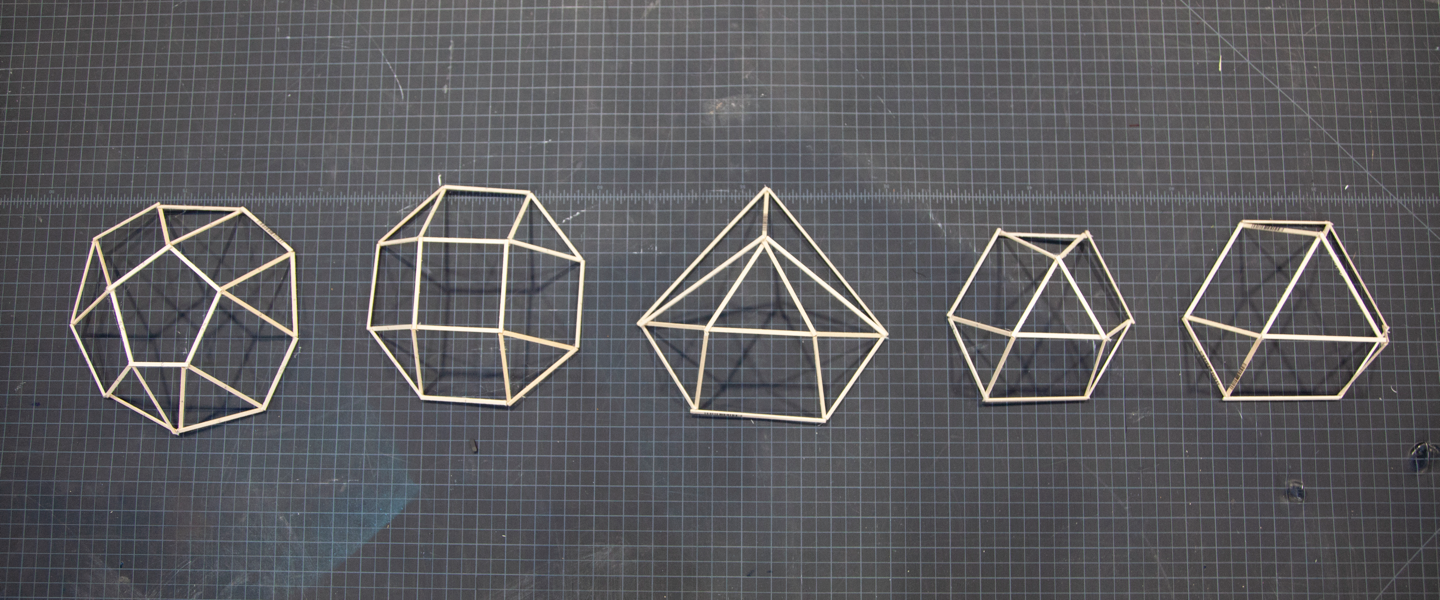

Paper Prototypes
Moving towards the paper prototype I worked towards a final size and shape. As the form needed to be sealed I designed for the addition of velcro flaps on three sides to enclose the structure.
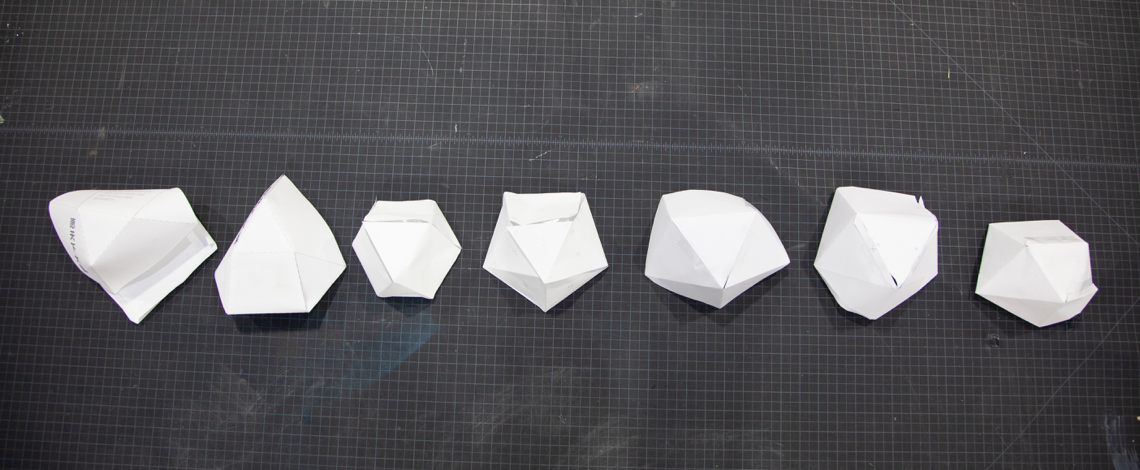

Final Iteration
The final iteration utilized Tyvek (notable for its water resistance and its paper-like quality) to act as a protective barrier that was adhered to cardstock. I decided to have an MDF backing to provide enough structure for the Rasberry Pi to fasten to. All the materials were cut out using a laser cutting for precision and repeatability. Additionally, each node would be marked with a date, time, and model number. To fasten a node to a pole or concrete surface I decided on either zip ties or mounting tape as the nodes would need to be robust enough to withstand environmental elements but also replaceable and inexpensive in event of failure.
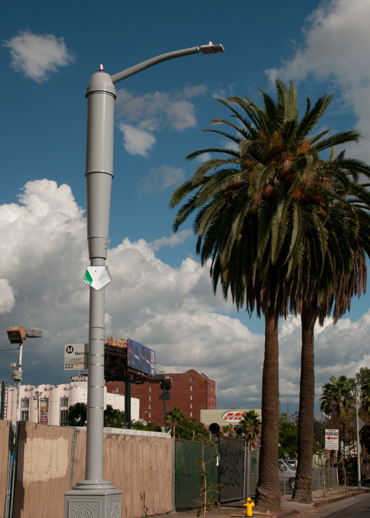

Instructions
As these nodes should allow the urban citizen to collect their own data I intended for the instructions to easily read and understood. The instructions to put together the node was informative and had its own point of view, most notably through the copywriting and stylization of the instruction materials.


Zine
As I didn’t want to rely on internet connection I created a physical zine that included the instruction material and learnings of building your own network. Counter culture movements such as the Provo movement and hippie modernism served as the inspiration for this form of distribution.
Distribution
Additionally, the physical software was stored on sd drives and USB drives that contained not only the instructions to build each node but also the code to get these devices up and running.


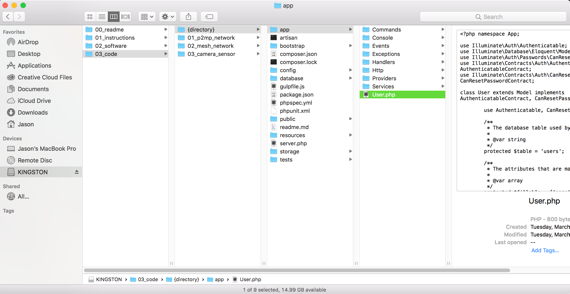

Data Transformation: Measure, Collect, and Represent
In order to demonstrate how data could be used to represent an alternative set of values, I worked to show how concern over a specific issue, happiness, is measured, collected, and shown as evidence to promote a representative’s agenda. Specifically, I used OpenCV, an open source computer vision platform, to perform live face detection and smile analysis to create a happiness index.
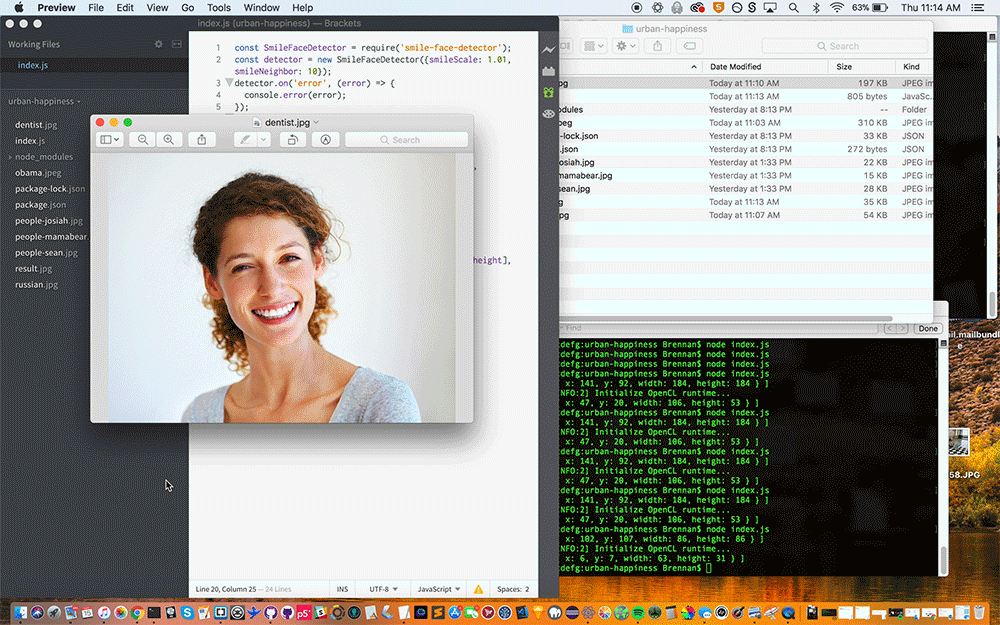

Iteration 1
This gif demonstrates a test case of using Open CV to run feature detection of faces and smiles on static images.
Iteration 2
This test demonstrates live detection of faces and smile analysis. We see a classic computer vision problem the algorithm detects a smile, but it misidentifies a crack as a smile. Feature detection can detect the outline but it does not understand the requirement that the outline must exist within a face.
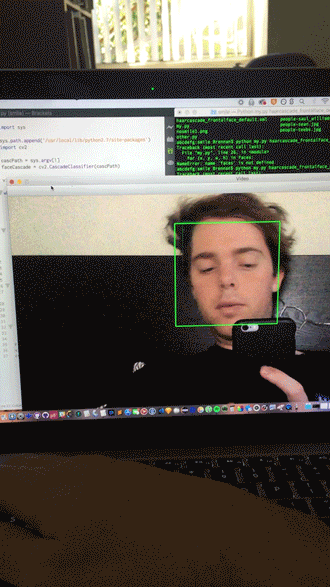

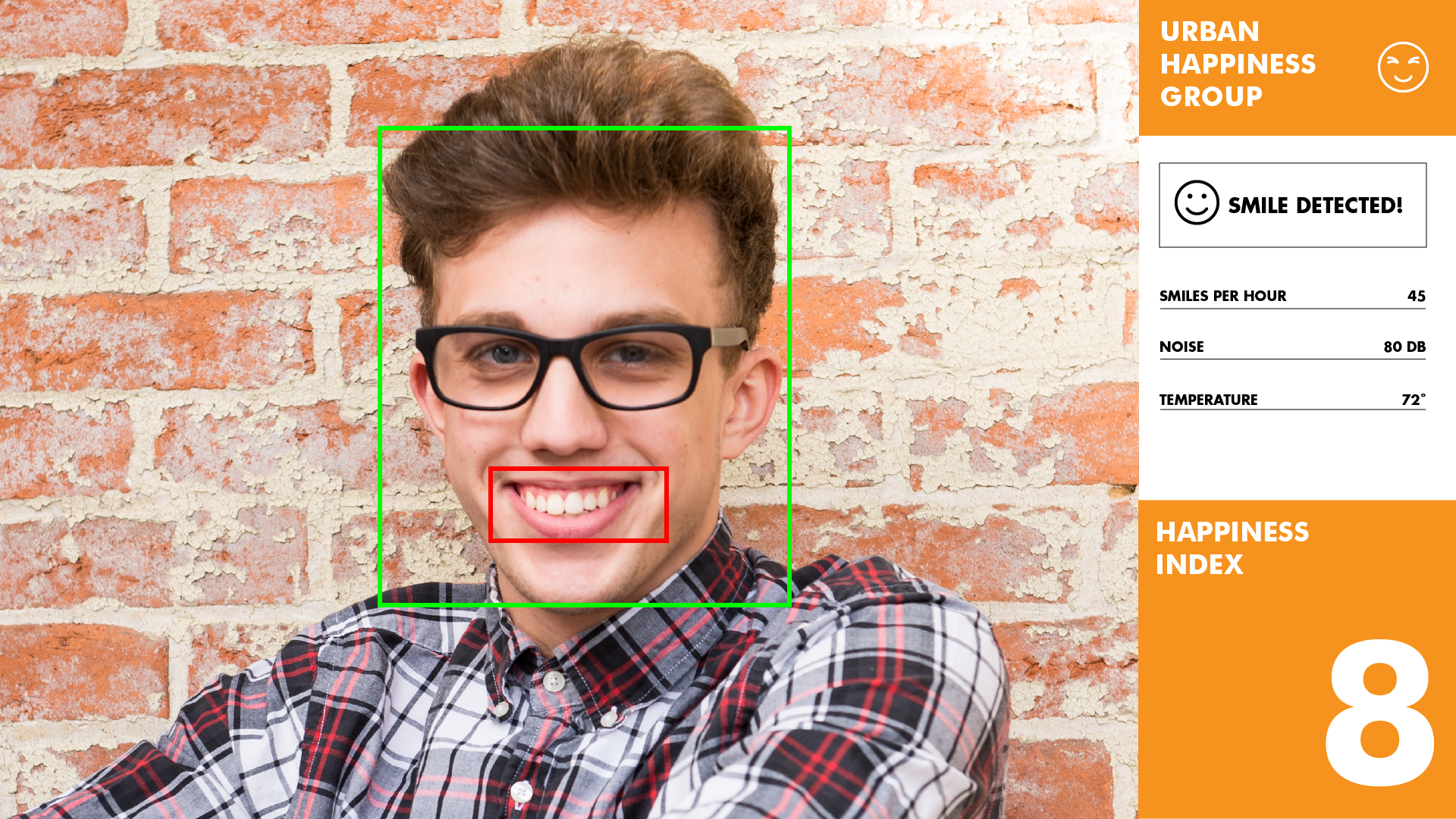

Happiness Index
Whether proposed by the Bhutan as Gross National Happiness or studied by city of Los Angeles, Transportation Happiness Urban Mobility Initiative, what may seem implausible is in actuality recognized as in issue in need of government intervention. The happiness index is a test case to propose and imagine how bottom up citizen data collection and transformation can advocate for issues that respect citizen values. The ability to detect smiles and to combine other metrics such as noise and temperature we can create an absurd but grounded happiness index for a given environment. This data can be used by a representative to advocate for well-being and happiness with actual metrics. This small but measurable step demonstrates how an issue can have a stake.
Reflection & Development
SuperDisorder facilitates citizens to collect urban data. It strives to achieve a few outcomes.(1) Citizens are involved in the collection and implementation of the material (data and algorithms) that governs the city. (2) Citizens have a fluency for the digital and physical tools that are currently used and will be used in the future. (3) Their involvement allows them to create a dataset for what is important to them and to create advocates that support their concerns.
As I consider the project to be a working, there are more elements that can continue such as running workshops to test the efficacy of the instructional material. Additionally, we were able to get the network running using just Raspberry Pis and Bluetooth low energy. However, because of the level of expertise needed to get the system up and running, I would need to design and develop a graphic user interface to simplify the installation and maintenance of the software packages. More work could be put towards what type of sensing a citizen would want to collect data on. Finally, additional work in creating an actual AI representative from the data is the next required step.
Although, the work necessary to create a robust DIY network is immense it would allow for the engaged urban citizen to reclaim agency. The tools and software will constantly change, but the motivation to have input into the system will remain. I realize that creating such a platform can create more noise and allow anyone to create their own truths. However, I hope to continue working on this problem to address issues such as authenticity and efficacy with the hope that this tool doesn’t harbor the citizen but empowers them to tip the balances of power.
© Jason Wong. All Rights Reserved.

